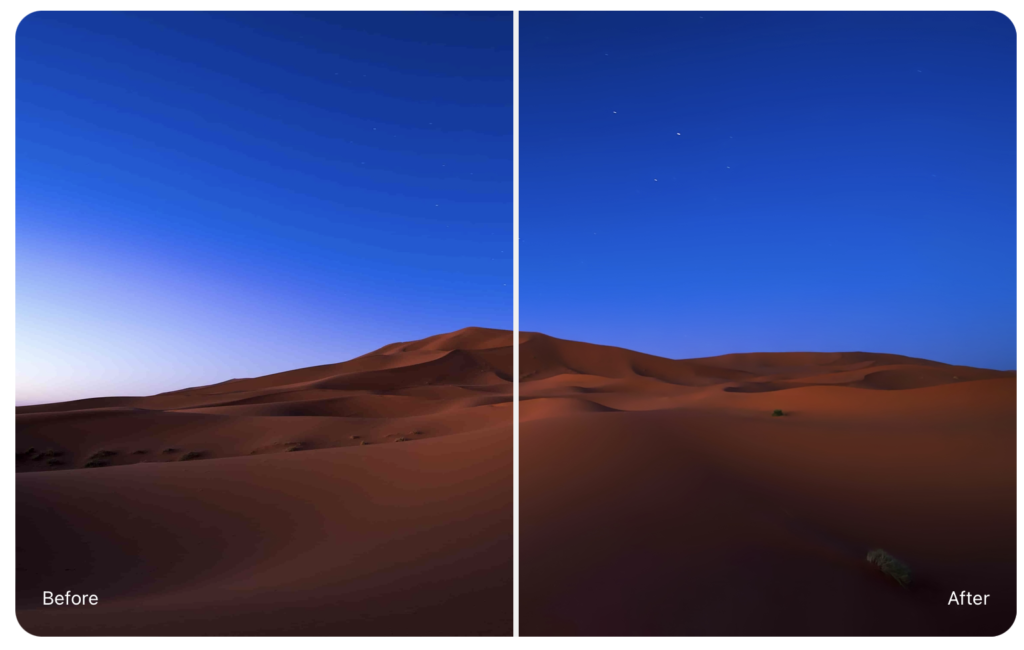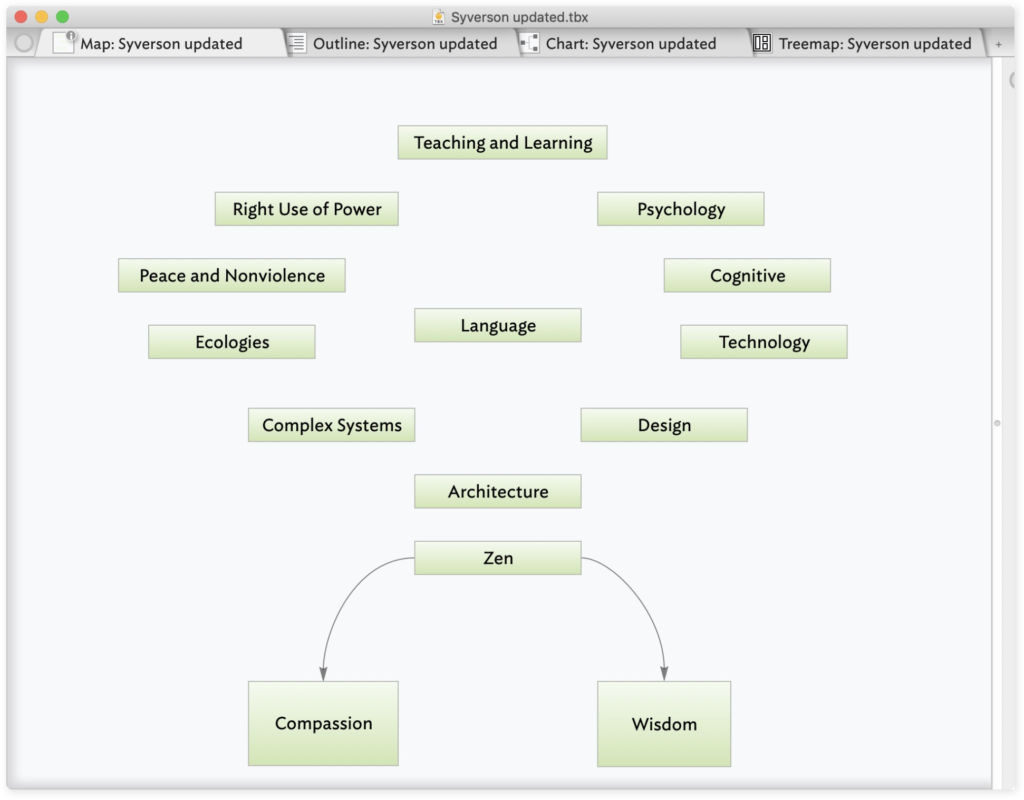It’s time for the latest Lab Report from MacSparky, covering this week’s Apple news and updates…
This is a post for MacSparky Labs Members only. Care to join? Or perhaps do you need to sign in?
It’s time for the latest Lab Report from MacSparky, covering this week’s Apple news and updates…
This is a post for MacSparky Labs Members only. Care to join? Or perhaps do you need to sign in?
Several Labs Members are struggling with a reliable way to trigger Shortcuts from a Stream Deck. This video covers the easiest (and most reliable) way of doing so…
This is a post for MacSparky Labs Tier 2 (Backstage) and Tier 3 (Early Access) Members only. Care to join? Or perhaps do you need to sign in?
Color banding (or posterization) is a common type of image artifact especially noticeable in low-quality photos featuring gradients or large areas of solid color. I see this all the time in wallpapers and landscapes.
Instead of smoothly blending together, colors jump abruptly from one shade to the next, forming distinct bands of color. The latest Pixelmator Pro release takes all the work out of debanding with its “Deband” button. Push the button. The bands go away. It’s that simple. Behind the scenes it is using machine learning to pull this off.

I purchased Pixelmator Pro when it first launched and continue to find value in the purchase as they continue to solve annoying photo problems for me.
This week MacSparky is sponsored by Tinderbox, the Tool for Notes. Tinderbox is a workbench for your ideas, projects, and plans. It can help you analyze and understand them today, and it will adapt to your changing needs and growing knowledge.
The thing I dig about Tinderbox is the way the canvas adapts to what you need. You can build text and graphical maps of your ideas and data that grow with your understanding.
Build relationships by arranging notes, organizing them with shape and color, and linking them. Whether you need maps, timelines, charts, or outlines Tinderbox has you covered. It lets you record ideas quickly and keep them where you’ll find them again when you need them.
Everyone’s excited about the infinite canvas app, but Tinderbox has been doing it for decades.
The Tinderbox team calls it information gardening and it’s brilliant.
And that is just the beginning. Tinderbox agents scan your notes continuously, searching for notes that meet your criteria. Tinderbox’s timeline view creates wonderful, interactive diagrams to reconstruct events and plan projects.
Best of all, with Tinderbox, your data is yours. Tinderbox files are XML, and Tinderbox can create HTML, XML, RSS, OPML, and more. Tinderbox shares notes with Simplenote, Notes, Evernote and DEVONthink.
People are doing amazing things with Tinderbox. Maybe you should too.

The Wall Street Journal did an interesting study, as reported in 9to5Mac, where it attempted to decrypt the TikTok algorithm and came up with some disturbing results.
TikTok looks at the videos you linger on and rewatch in particular, then starts feeding you more similar content. The effect snowballs. (According to TikTok, it also looks at what you share, like, and follow.)
In the case of the Wall Street Journal experiment, they created an account that started leaning into sadness. After 224 videos (36 minutes of total watch time), 93% of the videos fed to the account were about sadness or depression. For someone who is already struggling, this will just pull them further down.
Companies like TikTok and YouTube design these algorithms to get you to watch more. The money comes from the ads. The more you watch, the more ads they feed you. It’s a simple business model, and there is no room in the algorithm to teach you something useful and certainly not to help you.
Why would you turn that agency over to a glorified ad firm?
One of my pet projects heading into next year is pushing all these content consumption algorithms out of my life. No longer will I let companies like TikTok and YouTube decide what gets poured into my brain. There are tools out there to help you curate your own list of content that is not designed to send you down the rabbit hole of emotions and lost time but instead to help you. I’ll share more on this as I figure out the workflows, but if you’re currently letting the algorithms pick your media, stop.
Mike and I are using this episode of Focused to reflect on the last year and share what went well, what could have gone better, and our lessons learned.
This episode of Focused is sponsored by:
Here’s a simple, but useful trick. A lot of people don’t realize there is a setting that lets you navigate dialog boxes on your Mac. Once you throw this switch, it’s a game changer…
This is a post for MacSparky Labs Members only. Care to join? Or perhaps do you need to sign in?
Since my last coverage of Apple Reminders, I’ve heard from many Labs members using Reminders that need some help with the rough patches. In this video, I explain how to use priorities in Apple’s Reminders app and automate their assignment…
This is a post for MacSparky Labs Tier 2 (Backstage) and Tier 3 (Early Access) Members only. Care to join? Or perhaps do you need to sign in?
A significant part of the formula that brought Apple from a near-bankrupt company to a trillion-dollar one was its relationship with Chinese manufacturing. Through China, Apple developed and sold the iPod, iPhone, iPad, and Mac. At the same time, few things could more effectively cripple Apple than problems with manufacturing, and for a long time, all their eggs were in one basket.
However, Apple seems to have got the memo. I suspect disentangling itself from China as its sole manufacturing partner was not easy or trivial, but we are starting to see results on the outside. Recently, we discovered they will be manufacturing MacBooks in Vietnam next year. They are also now manufacturing in India and Indonesia (in addition to China). Apple is increasingly spreading out its manufacturing among multiple countries.
Apple hasn’t said much about this, and I expect they won’t. I hope they aren’t going to stop with the existing countries. There is too much at stake. I’ll be surprised if Apple’s global manufacturing diversification doesn’t look a lot different in five years.